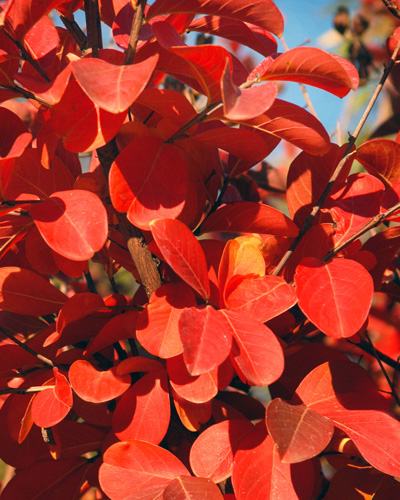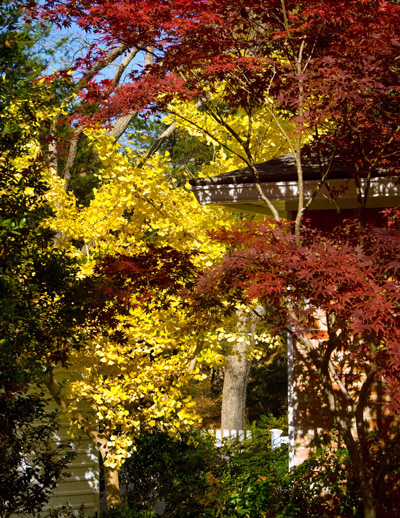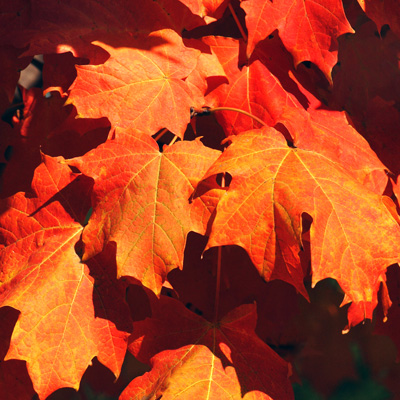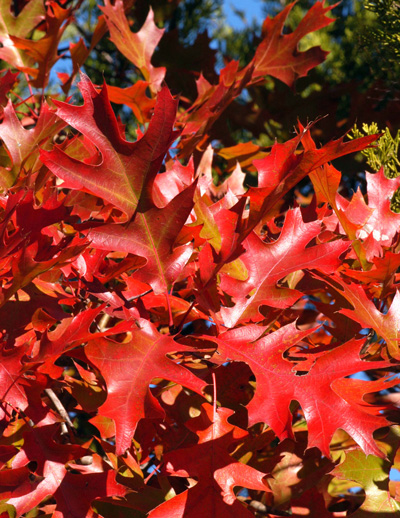Best Fall Color Trees for Texas
Fall color depends on many things. Tree species is only one of them. Moisture in the fall in important, but not so much that it keeps the trees vegetative deep into the autumn. Avoid high-nitrogen fertilizers from October on. Progressively cooler weather and near-freezes will bring out the best of color.
Some types, such as post oaks and pecans, simply turn brown when their growing season is over. Other types, given the right set of conditions, will be shining jewels in your fall landscape. Here are 10 of the best.
Dogwoods: normally turn crimson red, but of course, they must have acidic planting soils, which limits their really effective territory to the eastern 20 percent of the state.

Crape Myrtle
Crape myrtles: reds, oranges and yellows abound, although aphids and other insects may affect the plants’ foliage enough that they bypass the fall show.
Japanese maples: reds, oranges and yellows predominate. These plants are spectacular in autumn. It’s not uncommon for them to delay turning until late November and even December. They must be grown in shade.

‘Bloodgood’ Japanese Maple (foreground) and Ginkgo
Ginkgo: outstanding golden yellow fall color. If you can get past not having any red in your tree, this one is a lovely option. Uncommon and not as fast-growing as some of the others, but a nice accent tree.

Shantung Maple
Shantung maple: a Texas SuperStar selection that turns bright shades of red each fall. Adapts well to a variety of soils.

Shumard Red Oak
Shumard red oak: gets its name honestly. In good years its leaves can be intensely red and burgundy-red. Well adapted to almost any soils.
Chinese pistachio: reds predominate. Handsome and very dependable large, rounded shade tree that’s well suited to all of Texas.
Ornamental pears: the most beautiful and reliable source of fall color, but not very long-lived in our landscapes due to weak branching and, when grown in alkaline soils, cotton root rot.
Chinese tallow: dependable fall colors of reds, oranges and yellows mixed in with green. Small tree. However, in southern half of the state, particularly in areas with high rainfall, this tree is highly invasive in wetlands and should not be planted.
Sweetgum: produces bright burgundy, reds, yellows and oranges each fall. This is a leading source of color in East Texas forests and landscapes, but it does not do well in alkaline soils. Its fruit can be annoying.
